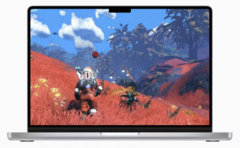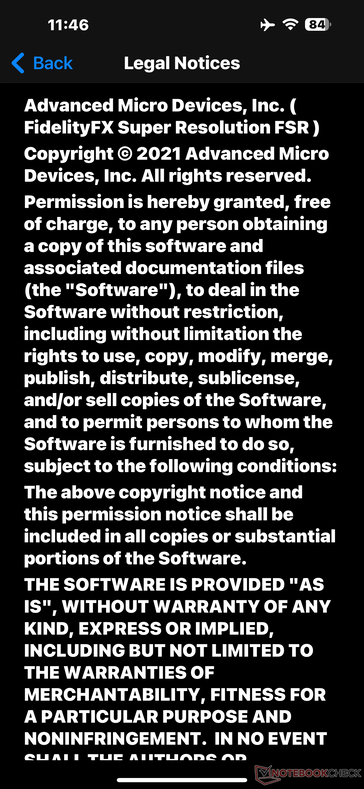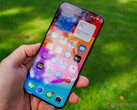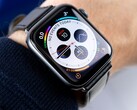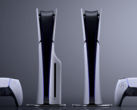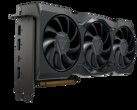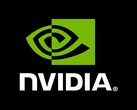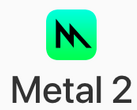Apple has been laying the foundations over the past several years to bring more AAA gaming titles to its hardware. Its Metal technology gives apps direct access to the company’s GPU hardware across iPhones, iPads and its Macs to maximize graphics performance. More recently, it introduced a new Game Porting Toolkit at WWDC 2023 to help developers port games made for Windows to iOS, iPadOS and/or macOS. It also launched MetalFX, a graphics upscaling technology that has been likened to Nvidia’s DLSS and AMD’s FidelityFX Super Resolution (FSR) technology.
Apple describes MetalFX as a framework that “integrates with Metal to upscale a relatively low-resolution image to a higher output resolution in less time than it takes to render directly to the output resolution.” It means that system resources don’t get bogged down rendering images in native resolutions, allowing better looking games that also run at higher frame rates. However, until now, it has largely been assumed that Apple had developed MetalFX in-house. But a check of Apple’s licensing agreements embedded in its software by Notebookcheck has revealed that MetalFX has its basis in AMD’s FSR technology.
FSR has been made available by AMD under an open source MIT licence, which means that Apple is probably not paying AMD anything to use it in its MetalFX source code. Under the terms of the licence, Apple need only acknowledge its use in its software. It does this (as pictured below) in the Legal & Regulatory section of its software. As MetalFX is not open source, this suggests that Apple has further tweaked AMD’s FSR technology to be more tailored to its platforms and requirements. However, unsurprisingly, MetalFX incorporates temporal scaling, spatial scaling and anti-aliasing techniques, all of which are core elements of AMD’s FSR technology.
Perhaps, then, it is also unsurprising that a number of the new AAA PC games that have recently arrived (or coming soon) variously to Apple’s hardware also support AMD’s FSR technology. These include Death Stranding, No Man’s Sky, Resident Evil Village, Myst, Resident Evil 4, Assassin’s Creed Mirage, Lies of P, Baldur’s Gate 3, and The Medium among others. Undoubtedly, it would be easier for devs porting titles which support AMD FSR and it would be readily able to take full advantage of Apple’s hardware and tools that it has made available to devs. It also helps to explain why a full blown PC gaming title like Resident Evil Village is playable on the A17 Pro-powered iPhone 15 Pro smartphone (Unlocked, renewed on Amazon from $1,044).
From AMD’s perspective – even if it doesn’t get any royalties from Apple for using its FidelityFX Super Resolution technology (and just a subtle hat tip to its use by calling its variant Metal”FX”) – Apple’s use of AMD’s FSR tech encourages AAA PC game developers who might be considering porting titles to Apple’s hardware to incorporate FSR support for PCs from the outset. This in turn also helps encourage consumers to buy AMD hardware, whether it is just an AMD GPU or an AMD CPU and GPU combination. From Apple’s perspective, the more devs create games with AMD FSR, the greater the chances that these same titles will end up on their platforms. It's a win for Apple, it’s a win for AMD, it’s a win for devs, and it’s a win for gamers on Apple’s platforms.
Source(s)
Own.




